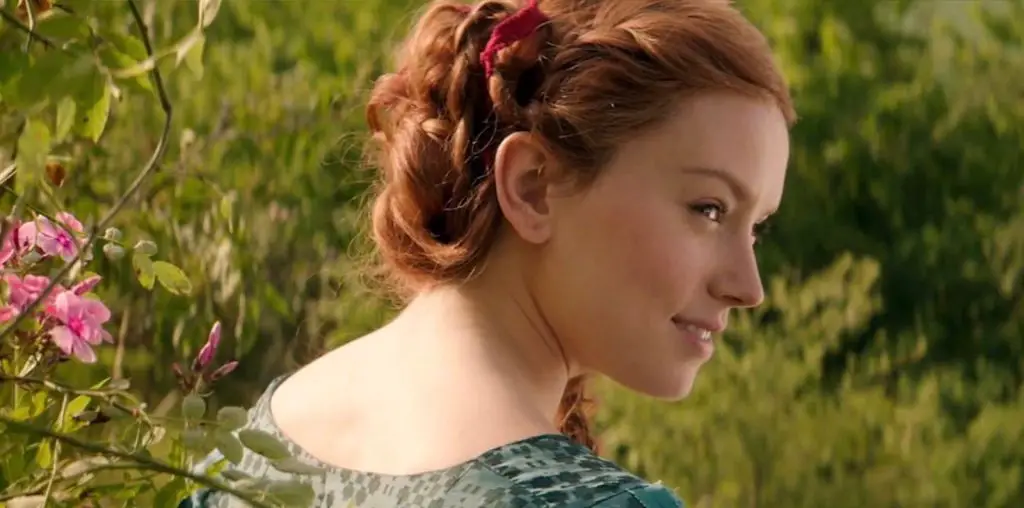
To begin, the concept of “POV” is intriguing and opens up a world of possibilities. Similar to Mike Figgis’s “TimeCode” (although much less pretentious and much more self-contained), “POV” plays with the concepts of perspective, point-of-view and simultaneous events.
The movie opens in a college apartment shared by six friends – Samantha, Greg, Ray, Chloe and Quinn. Initially, we see everything from Samantha’s point of view, as she sits with Ray and Greg, discussing everything from sex to movies to what it would be like to kill someone. Generally, the conversation is the typical pretentious pseudo-intellectual bullshit heard daily among college students drinking beer. (Not at the level of discussing the connection between the Smurfs and the Hare Krishnas, but we do hear plenty of discussion about the artistic values of Andy Warhol and Ed Wood, Jr.)
During the conversation, Ray’s uptight ex-girlfriend Rachel comes to the apartment and heads upstairs. The obedient lapdog Ray follows her. After more conversation with Samantha, Greg and newcomers Chloe and Quinn, we learn that Rachel has passed out and Ray has tied her up because it seemed like a funny thing to do. Sam, who has the hots for Ray and resents Rachel’s prudish lifestyle, seduces him and we fade to black…
…and fade up into the same earlier conversation, only this time from Greg’s point of view. The scene plays out again, revealing different facets of the evening how Greg witnesses them. After we fade to black from Greg, we see it again from Ray’s POV, then Chloe’s, then Quinn’s.
There is an undercurrent of daring nastiness from the college students as they try to figure out what to do with Rachel. Everything from date rape to murder seems a distinct possibility – although we wonder if anyone in the group has the guts to do anything. All this leads to a surprise ending of who does what to whom. Although some aspects of this outcome were predictable, it was unique in it’s own twisted way.
The biggest downfall of “POV” is the obvious “college video” feel to it. With nonexistent set dressing beyond actual props in the apartment (like the Snapple cooler in the corner and the oddly placed tuba behind the couch), it is clear that “POV” was shot by Quentin Tarantino-inspired college students.
Not entirely improv, yet not entirely scripted, “POV” utilizes long continuous takes with a handheld camera to bring across the point of view concept. Additionally, the directors augmented the repetitive discussion with glimpses into each person’s subconscious, revealing deep seeded tendencies towards sex, violence and fear. At times, these insights into the individuals’ personalities are interesting, and at times tedious. However, they round out the film nicely for what it’s worth.
“POV” is an interesting college video, and the filmmakers may turn out some impressive stuff later in their careers (they apparently have a couple more films in the can). However, there are a few lessons they can learn from this film, like the need for brevity, lighting, set design and stronger dialogue.
